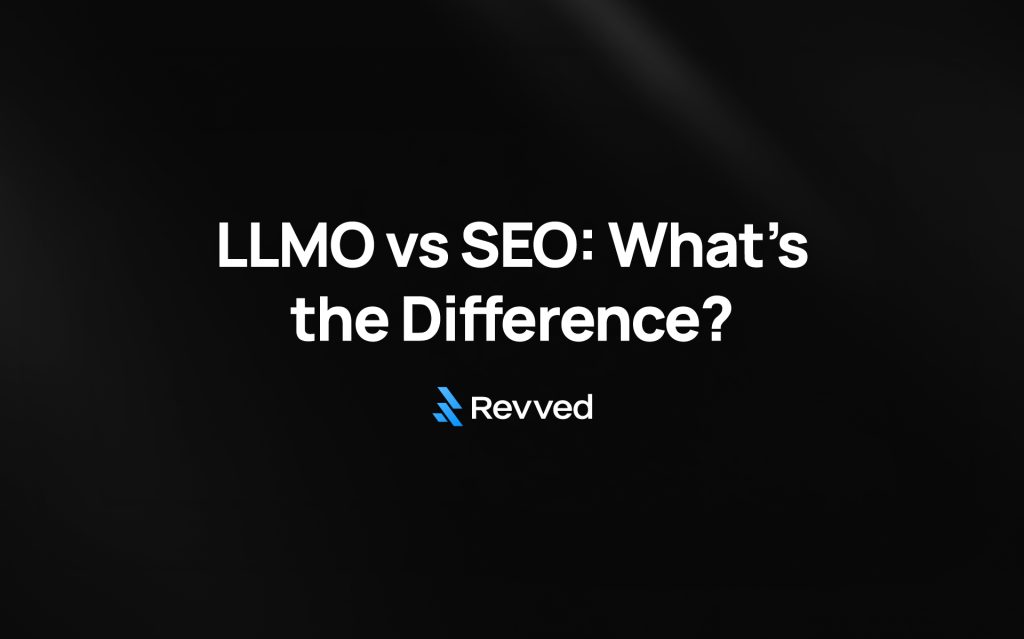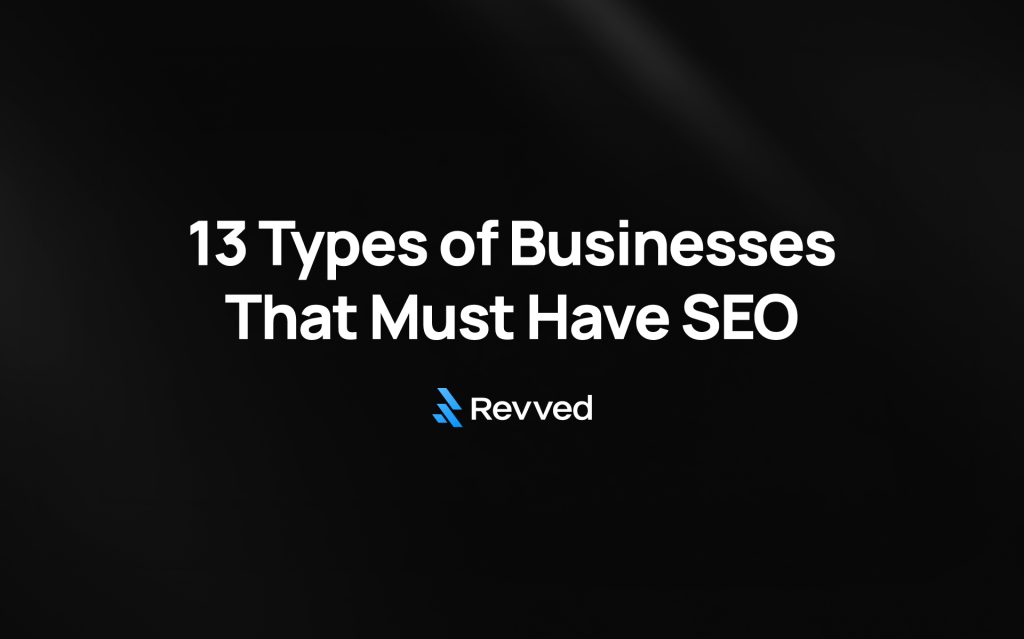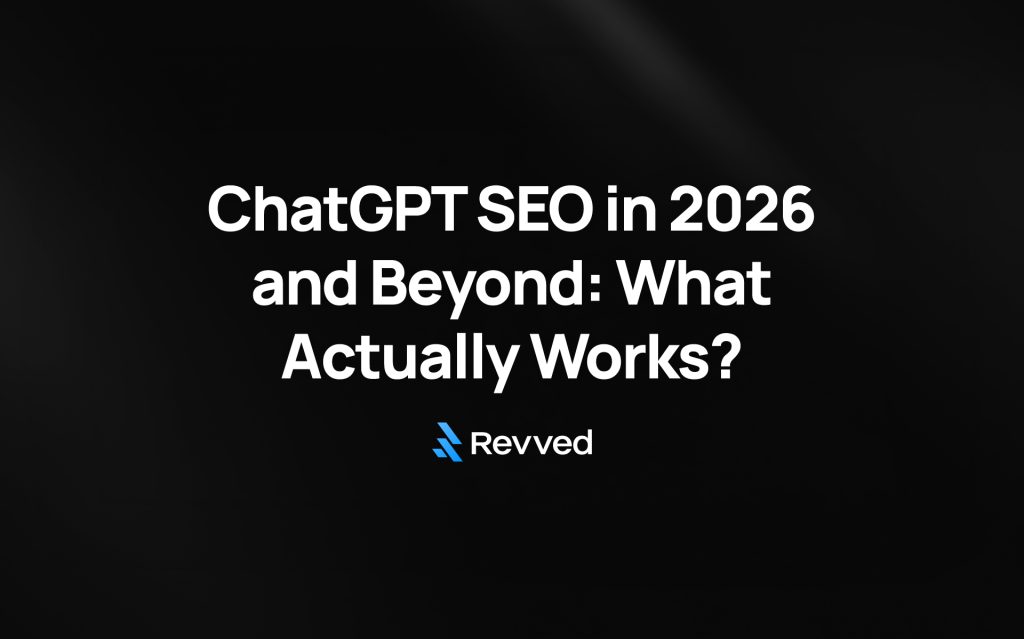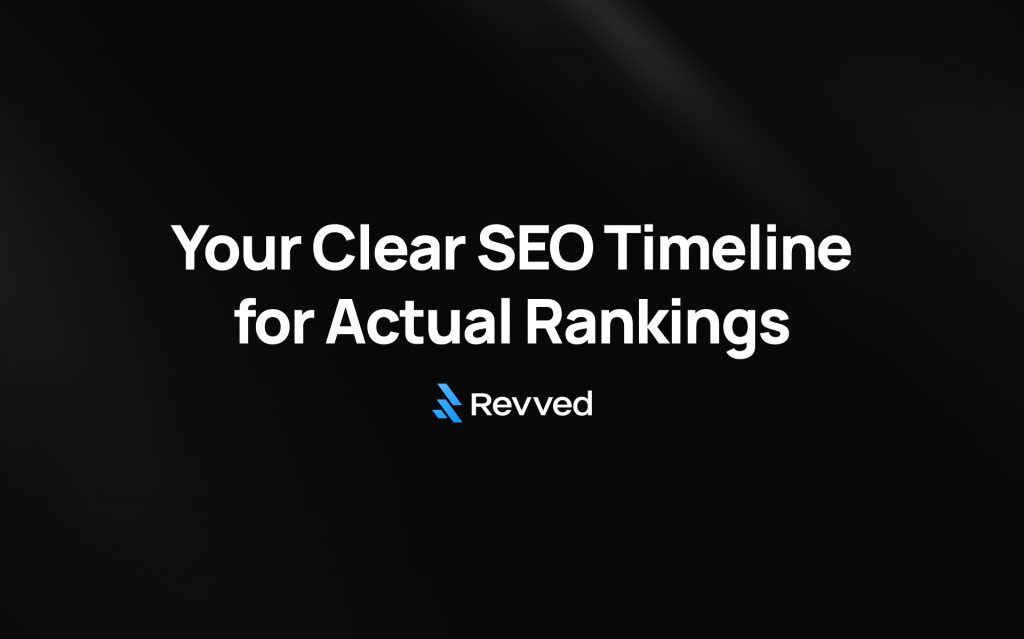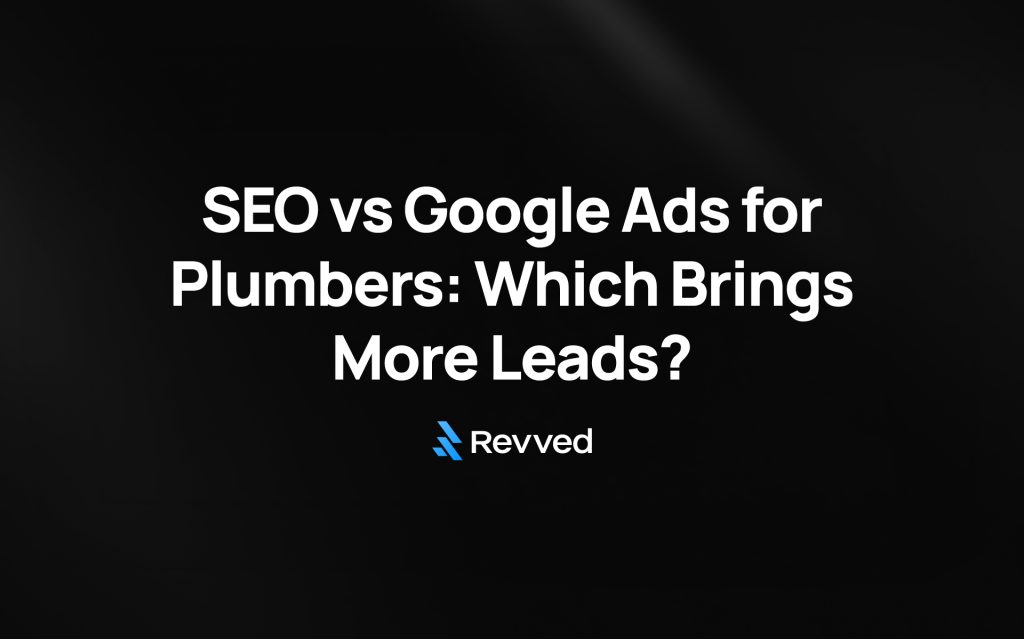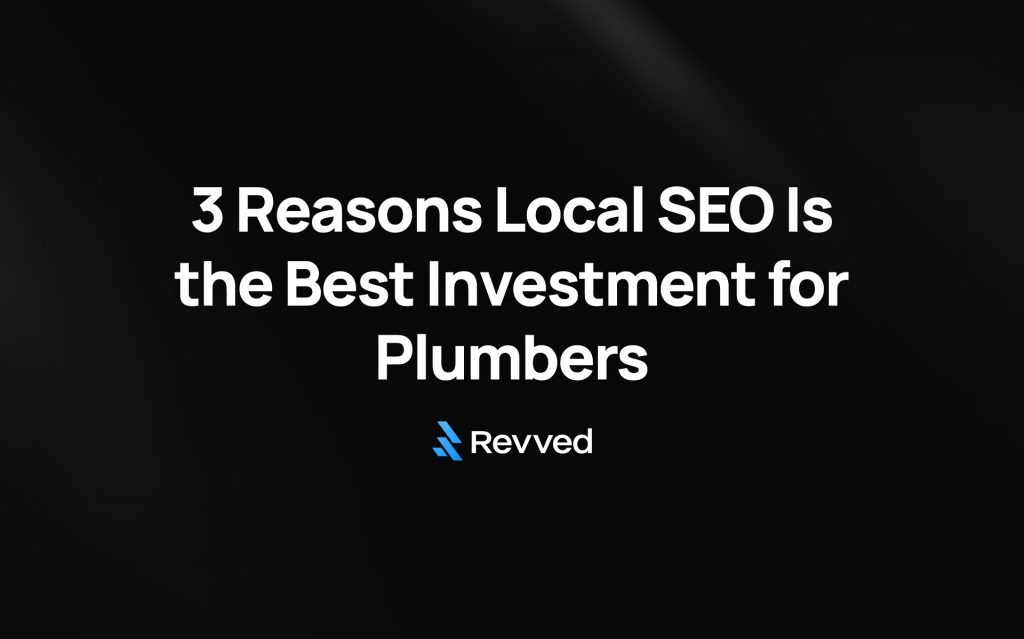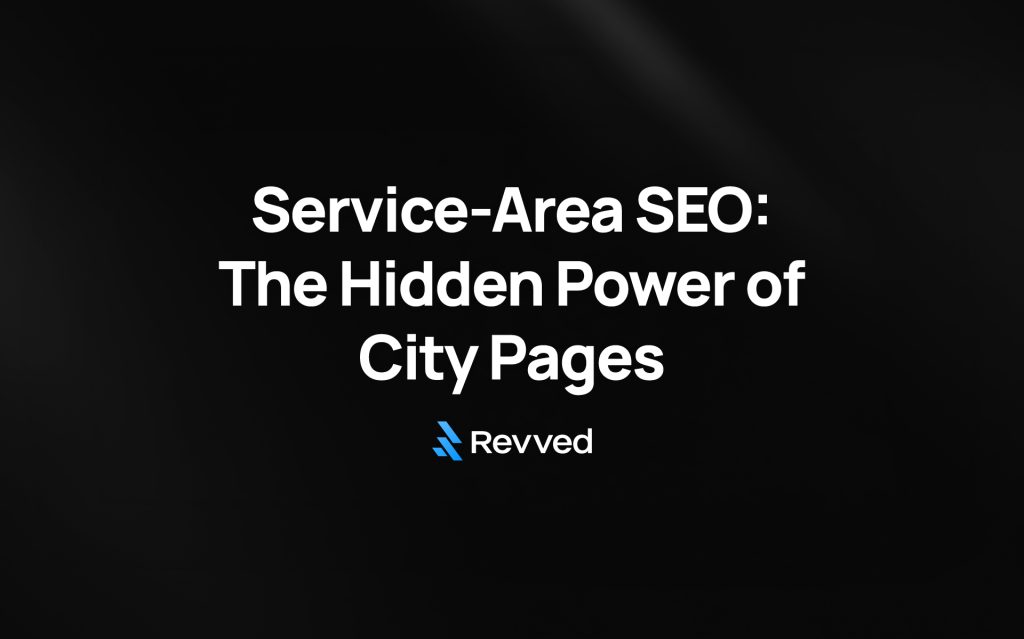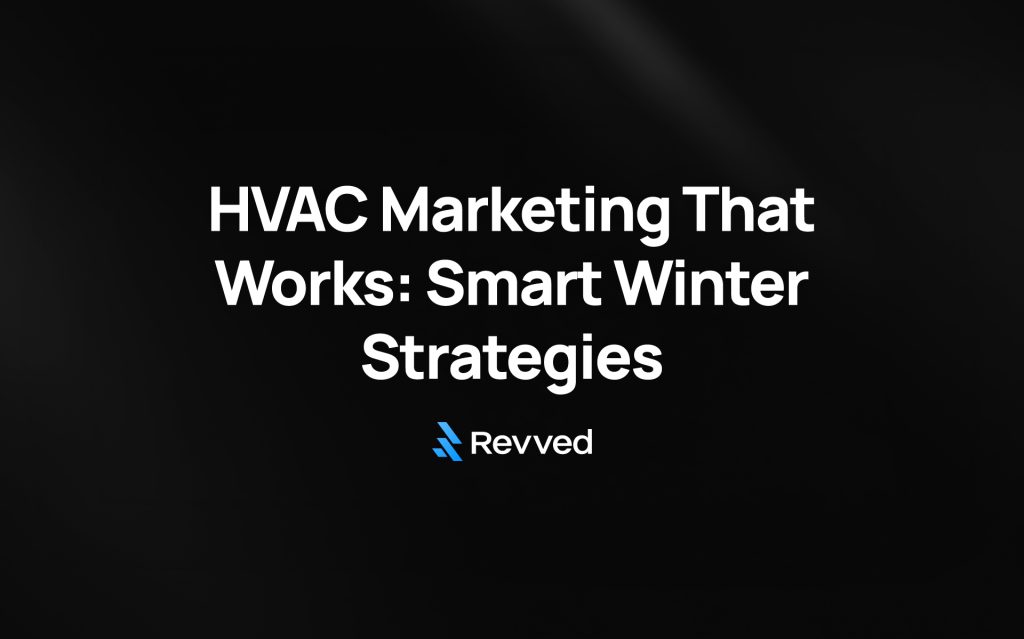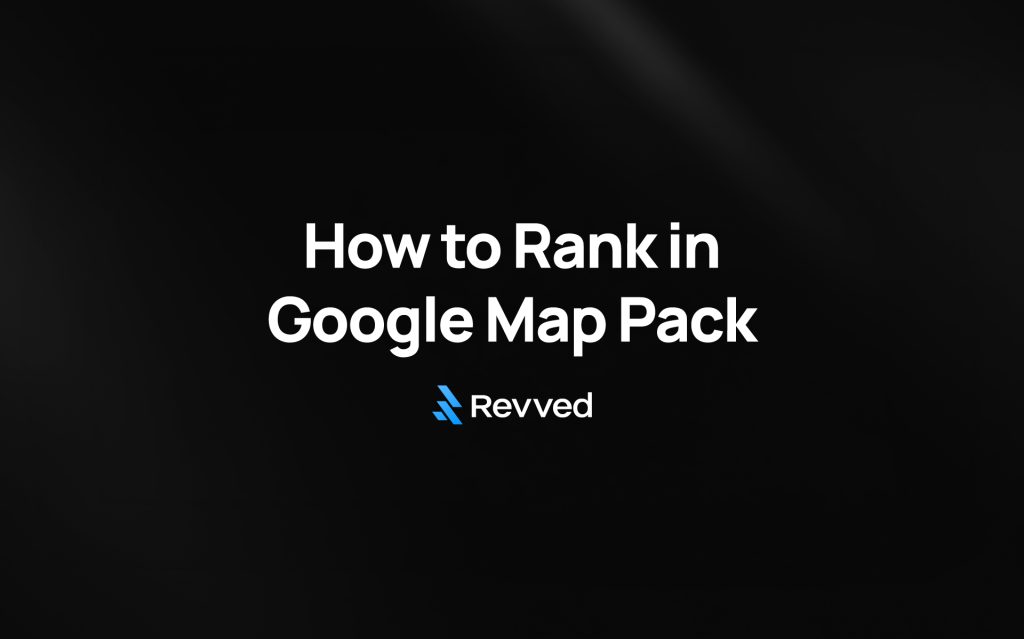LLMO might be new to you. AI large language models have become popular with 52% of U.S. adults using them. Business owners must understand LLMO (Large Language Model Optimization) to maintain their online visibility. Traditional SEO strategies worked well for decades, but the digital world is changing faster than ever. AI now generates answers instead of traditional search results for 27% of queries. Gartner’s prediction shows AI will handle 50% of all search traffic by 2028.
LLMO differs from SEO in significant ways. The term refers to specific strategies that help AI systems like ChatGPT process and reference your content properly. Traditional SEO focuses on page ranking, while LLMO aims to position content for AI model citations. Search activities now span beyond Google to YouTube, Meta, and AI tools of all types. SEO remains relevant today. In stark comparison to this, SEO’s demand has grown in the last year. This growth shows both approaches fit well in a complete digital strategy.
This piece explains the main differences between LLMO and SEO. You’ll discover where these strategies overlap and learn to optimize your content effectively. These skills will help you boost your online visibility in today’s evolving search ecosystem.
What is LLMO and How Does It Work?
Large Language Model Optimization (LLMO) marks a revolutionary change in digital visibility strategies. Traditional search tactics take a different approach, while LLMO enhances your brand’s presence within AI-generated responses. Let me explain what this means for your business.
LLMO meaning: Optimizing for AI-generated answers
LLMO helps AI models understand your content better. Your content needs adjustments so large language models can find, analyze, and reference it in their responses. The goal is simple – make AI models like ChatGPT, Claude, and Gemini familiar with your brand and content. These models will include your information when they answer user questions.
LLMO represents the rise of SEO. Your optimization now goes beyond search engine rankings to include AI citations and mentions. The main difference shows in the results: SEO focuses on page rankings, while LLMO puts your content as a trusted source in AI-generated responses.
LLMO takes a different path from traditional SEO in several ways:
- Focus: Keywords vs. natural language understanding
- Goal: Page clicks vs. brand citations in AI answers
- Measurement: Rankings vs. how often AI models reference your content
- Scope: Single search engine vs. multiple AI platforms
How LLMs like ChatGPT and Gemini use your content
LLMs handle information unlike traditional search engines. These models break text into tokens – words, word fragments, or punctuation. The process converts tokens into numeric values called embeddings. The system maps these embeddings to a semantic “space” to calculate relationships between concepts.
LLMs don’t search the web in real-time when someone asks a question (unless using retrieval methods). The models create responses based on patterns they learned during training. Each word prediction builds on context until a complete response forms.
ChatGPT mentioned our brand (Surfer) right away when we asked about the best content optimization tools. This shows LLMs’ potential as powerful recommendation engines for businesses.
LLMs prefer content that is:
- Clear and easy to understand
- Well-laid-out with logical organization
- Fact-based and authoritative
- Published or linked to trusted sources
Why LLMO matters in today’s search landscape
LLMO grows more vital each day as people switch to AI platforms for information they used to find through search engines. The numbers tell the story: Google’s search market share dropped below 90% in October 2024 – a first since March 2015. ChatGPT now serves 600 million monthly users, while Google’s Gemini reaches 350 million as of March 2025.
Google’s CEO reports that AI Overviews now reach 1.5 billion monthly users. This highlights AI’s vital role in search experiences. Users now move from keyword searches to natural language questions.
LLMs alter search behavior in three main ways:
- Direct answers: Users get immediate responses without clicking multiple links
- Natural language: People now ask conversational questions instead of using keywords
- Multi-source synthesis: LLMs combine multiple sources, unlike traditional algorithms that use one source like Google’s Knowledge Graph
Companies that skip LLMO risk becoming invisible as users turn to AI assistants more than traditional search results. Websites with great SEO might lose visibility in this AI-driven information world without an LLMO strategy.

Enter your website below to start your proposal request!
What is SEO and Why It Still Matters
Search Engine Optimization (SEO) remains the life-blood of digital marketing despite new technologies emerging. The digital world keeps evolving, and businesses need to understand what SEO really means to maintain their online visibility.
Traditional SEO: Ranking in Google and Bing
SEO improves a website’s visibility and ranking in search engine results pages (SERPs). Search engines use SEO to understand your website’s content and connect it with users who need relevant results based on their search queries. The main goal makes sense—ranking on the first page of search results for keywords your target audience values drives qualified traffic to your site.
These results matter significantly. A BrightEdge study shows organic search delivers 53% of all website traffic. Google alone handles over 8.5 billion searches daily. The numbers explain why experts predict the global SEO industry will reach $122.11 billion by 2028.
Good SEO work creates lasting results, unlike paid traffic that stops when campaigns end. This long-term benefit makes SEO valuable as a foundation for comprehensive marketing efforts.
Core components: Keywords, backlinks, and metadata
Successful SEO strategies build on three fundamental pillars:
- Technical SEO: Your website’s architecture needs optimization so search engines can crawl and index it properly. The elements include URL structure, site speed, mobile-friendliness, and secure connections (HTTPS).
- On-page SEO: Content optimization helps both users and search engines understand your website better. Keywords play a vital role—people use them to find content online. Research reveals longer keywords (10-15 words) get 1.76x more clicks than single-word terms. Title tags, meta descriptions, header tags, and image alt text also matter significantly.
- Off-page SEO: Backlinks from other websites to yours make the biggest impact. Quality backlinks work like “votes of confidence” between sites. Search engines see these votes as signals of authoritative and trustworthy content. Your website’s referring domains remain one of the main ranking factors for backlinks.
Why SEO is still relevant in 2024 and beyond
SEO proves its value despite AI and LLMO rising in popularity. The top result in Google’s organic search gets an average click-through rate of 27.6%. Second and third positions receive 18.7% and 10.2% respectively. The #1 organic result attracts 10x more clicks than a page in the #10 spot.
Local SEO grows more valuable as mobile and voice devices help people find nearby businesses. Statista reports mobile devices generate 58% of global website traffic. About 58% of consumers between 25-34 years ask questions through voice search daily, while 16% look specifically for local “near me” businesses.
Over the last several years, SEO has shifted toward user intent and experience instead of just matching keywords. This semantic approach arranges better with natural search patterns. Google’s E-E-A-T principles (Experience, Expertise, Authoritativeness, Trustworthiness) now include Experience, highlighting the need to show first-hand knowledge in your content.
SEO ended up being essential because it drives real business results. Better visibility, qualified traffic, and improved user experience translate directly to conversions and growth.
LLMO vs SEO: Key Differences Explained
The basic differences between LLMO and SEO show how people look for and use online information today. You need to understand these differences to keep your digital strategy visible, whatever way your audience searches.
Search behavior: Keywords vs natural language queries
Traditional SEO focuses on specific keywords and phrases that people type into search engines. These searches are usually short and direct: “best coffee shop Chicago” or “plumber near me.” People must think about which terms to use when they search with keywords, and this often leads to computer-like queries.
LLMO takes a different path by focusing on natural language queries. People ask complete questions or use conversational phrases that sound like normal speech. Someone might ask “What are the best sneakers for marathon training?” instead of just typing “running shoes”. This lines up with how people talk to AI tools like ChatGPT or Gemini, where they expect the AI to understand context and meaning like humans do.
Content goals: Clicks vs citations
The most important difference shows up in how we measure success. SEO wants to rank high in search results to bring clicks to your website. The strategy works to move users from search results to your pages.
LLMO works differently – it aims to get your content cited in AI-generated responses. Your brand gains visibility when an AI assistant mentions it, even if nobody visits your website. As one expert puts it, “This isn’t the death of SEO; it’s its forced and rapid maturation”.
Optimization focus: Technical SEO vs semantic clarity
Traditional SEO depends on technical elements: meta tags, keyword placement, backlinks, and site architecture. Search engines use these signals to understand and rank content.
LLMO cares more about semantic richness – how well your content explains meaning and context. You need clear language and complete topic coverage that AI tools can easily understand and use in their responses. LLMO optimizes for language models rather than web crawlers.
Performance metrics: Traffic vs AI mentions
Each approach measures success differently:
- SEO metrics: Rankings, organic traffic, click-through rates, bounce rates, and conversions
- LLMO metrics: Brand mentions in AI outputs, citation frequency, AI referral traffic, and semantic authority
AI traffic shows unique patterns – users view 4 pages per visit compared to 5.2 from search visitors. This is a big deal as it means that AI traffic converts at rates 12% higher than organic search traffic.
Both methods bring value by serving different parts of your audience’s information search.
Where LLMO and SEO Overlap
LLMO and SEO take different paths, but they share much common ground. Learning to work with these overlapping areas builds a strong foundation for visibility in both traditional search and AI-powered platforms.
Content quality and topical authority
Quality and authority stand at the heart of both LLMO and SEO. The E-E-A-T principles (Experience, Expertise, Authoritativeness, Trustworthiness) prove vital to success in both fields. Your position strengthens for search engines and language models as you create detailed content that shows real expertise.
Being recognized as a subject expert in your field helps both approaches. Search engines and LLMs prefer websites that show deep knowledge of their topics. Your site naturally ranks for hundreds of related keywords without targeting them directly if you cover every aspect of your core subjects thoroughly.
Natural language and structured formatting
Well-laid-out content works best for humans and machines. Readers find it easier to understand content with clear headings, short paragraphs, and logical organization. Search engines and LLMs can also process this information better.
Schema markup has grown more valuable for both optimization methods. FAQ, HowTo, Article, and Product schema work like a guide that helps search engines and AI understand your content better.
Why backlinks and brand mentions matter for both
Backlinks have always been trust signals in traditional SEO, and they matter just as much in LLMO. Quality links from trusted sources build credibility that both search engines and LLMs recognize.
Brand mentions without links have become more powerful. LLMs don’t rely on backlinks as much as traditional search crawlers do. They look at how your brand appears in trusted sources. This makes it vital to optimize your “digital word-of-mouth” through steady, positive mentions across platforms.
These shared elements create a strong foundation for visibility, no matter how people look for information.
How to Optimize for Both LLMO and SEO
Your next step is to make strategies work for both LLMO and SEO at once. The priority should be content that serves both purposes well.
Write answer-first, well-laid-out content
The inverted pyramid style serves both optimization approaches perfectly. Each section should start with direct answers and follow up with supporting details. This approach helps readers and AI systems spot key information right away. Short paragraphs (2-4 sentences) and headings that match user questions make a big difference.
Use schema markup and semantic HTML
Schema markup like FAQ, HowTo, and Article schema helps search engines and LLMs understand your content better. Semantic HTML elements like <h2>, <h3>, proper lists (<ul>, <ol>), and <strong> tags signal importance. This structure makes information easier for humans to digest and machines to extract.
Track AI citations and traditional SEO metrics
You need to watch both standard metrics and new AI indicators closely. Custom GA4 reports can help track referral traffic from AI platforms like chat.openai.com. The frequency of AI citations and embedding relevance scores will show how well your LLMO efforts work.
Build authority through digital PR and expert content
Original research should be your foundation – surveys, statistics, and first-party data that others can reference. This evidence-based content can take many forms across platforms. It helps you build credibility with search engines and LLMs.
Conclusion
AI language models have revolutionized the digital world and created two different ways to boost online visibility. Traditional SEO helps rank websites through keywords and technical optimization. LLMO focuses on getting AI citations through clear language and natural writing. People now look for information online in both these ways.
These two approaches work differently. SEO targets clicks while LLMO aims for citations. Yet they share the same foundations. Great content, topic expertise, well-laid-out formatting, and reliable mentions help both methods. Smart business owners can tap into this overlap to boost their visibility wherever customers search.
Numbers tell the real story. AI now answers 27% of search queries instead of showing traditional results. Experts predict AI will handle half of all searches by 2028. You need to change your strategy now. Regular search still packs a punch – it brings 53% of website traffic. The top result gets clicked 27.6% of the time.
The choice isn’t between LLMO or SEO – you need both. Successful online businesses use detailed strategies that work for traditional search and AI platforms. This means writing clear answers first, using schema markup, watching both types of metrics, and building real expertise.
Search’s future combines multiple approaches based on how people find information. Companies that quickly adapt to this two-sided optimization will lead the pack as the digital world keeps changing.



